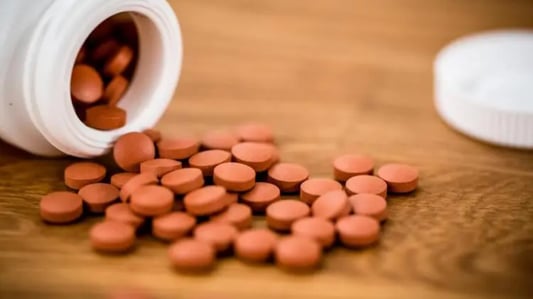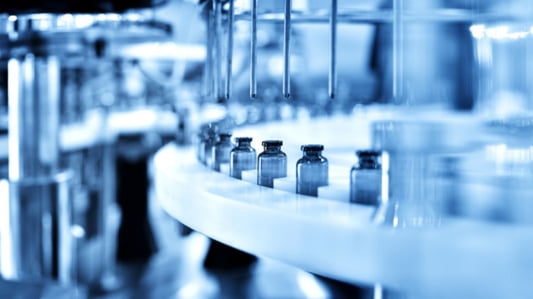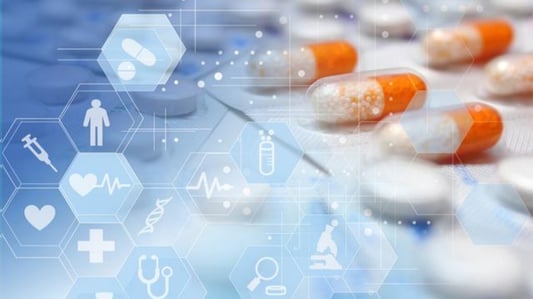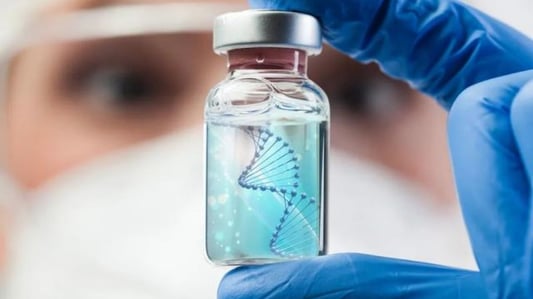IntroductionEntercavir Hydrate 209216-23-9 is a medication used to treat chronic hepatitis B virus infection in adults. It belongs to the nucleoside analogue drug class and works by blocking DNA polymerase, an enzyme essential for the virus' replication. In this article, we'll be exploring the benefits of Entercavir Hydrate 209216-23-9 in detail.Highly Effective Against Hepatitis B VirusEntercavir Hydrate 209216-23-9 is a potent antiviral agent that has been proven to be highly effective against the hepatitis B virus. Studies have shown that it has a high barrier to resistance and can suppress the virus to undetectable levels in a significant number of patients. It's also well-tolerated, making it an excellent option for long-term treatment.Reduces the Risk of Liver Cirrhosis and CancerChronic hepatitis B can lead to liver cirrhosis and liver cancer if left untreated. Entercavir Hydrate 209216-23-9 has been shown to reduce the risk of developing these complications by suppressing the virus and slowing down liver damage. Therefore, early treatment with Entercavir Hydrate 209216-23-9 can be advantageous for preventing long-term liver damage.Safe for Long-Term UseEntercavir Hydrate 209216-23-9 has been shown to be safe for long-term use in patients with chronic hepatitis B. Studies have indicated that it doesn't cause significant side effects, and it's well-tolerated by patients. The safety profile of Entercavir Hydrate 209216-23-9 is one of the benefits that make it an indispensable option for treating chronic hepatitis B.Less Risk of Developing ResistanceEntercavir Hydrate 209216-23-9 has a high barrier to resistance, which means it's less likely for the virus to develop resistance against it. This is advantageous compared to other antiviral medications used for hepatitis B that are more prone to resistance. Therefore, Entercavir Hydrate 209216-23-9 is an optimal option for long-term treatment.Effective in Patients with Liver DamagePatients with chronic hepatitis B and liver damage can benefit from Entercavir Hydrate 209216-23-9 treatment. Studies have shown that it can suppress the virus even in patients with advanced liver disease, reducing the risk of liver failure, and the need for a liver transplant. Early diagnosis and treatment with Entercavir Hydrate 209216-23-9 are crucial for preventing liver damage.May Improve Liver FunctionEntercavir Hydrate 209216-23-9 treatment can improve liver function in patients with chronic hepatitis B. The medication can help stop the progression of liver disease and reduce inflammation, which can lead to improvements in liver function over time. Early diagnosis and treatment can help protect liver function and prevent long-term complications.Convenient Oral DosingEntercavir Hydrate 209216-23-9 is available in oral tablet form, making it a convenient treatment option for patients with chronic hepatitis B. Oral administration is simple and can be easily integrated into a patient's daily routine. It's essential to comply with the medication's dosing and duration to achieve the maximum benefits of treatment.Works Against Multiple Strains of the VirusEntercavir Hydrate 209216-23-9 has been shown to be effective against multiple strains of the hepatitis B virus. This is advantageous, especially in regions where there is a high prevalence of multiple virus strains. It is a broad-spectrum medication that can suppress the virus and prevent long-term complications.May reduce the need for Liver TransplantationEntercavir Hydrate 209216-23-9 can reduce the need for liver transplantation in patients with chronic hepatitis B. By suppressing the virus and reducing liver damage, it can help preserve liver function and prevent the need for a life-saving liver transplant. It underscores the importance of early diagnosis and advances in medical technology in treating chronic liver disease.ConclusionEntercavir Hydrate 209216-23-9 is a potent antiviral medication that can effectively treat chronic hepatitis B. The medication has numerous benefits, including a high barrier to resistance, less risk of developing side effects, and broad-spectrum activity against multiple virus strains.










